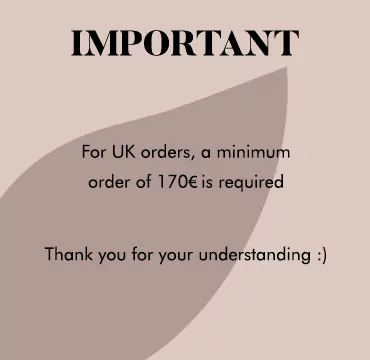7 questions/answers about sunscreen
Why and how to protect yourself from the sun? We answer the 7 most frequently asked questions about sunscreen to help you find your way!

1. Why wear sunscreen even in winter?
Sunscreen isn't just for summer! It is applied throughout the year, especially on the face, to protect the skin from skin aging and pigment spots. UV rays are the number one factor in skin aging, which makes face sunscreen a valuable anti-aging ally. Note that there are 2 types of UV rays: - UVB (we retain B as burns) which are particularly present during sunny periods, responsible for the dreaded sunburn - UVA rays (A for age), much more insidious, which are present throughout the year even when it is gray. We do not see them and we do not feel them, yet they are the ones that penetrate the skin more deeply. It is to protect against UVA rays in particular, which even pass through the windows, that face sunscreen is essential throughout the year.
2. How often to apply sunscreen?
Sun filters degrade with exposure to UV rays, water, perspiration or friction. Sunscreen must therefore be applied every 2 hours if you spend the day outdoors, and the application must be renewed after each swim. In town, on a daily basis, if you are not exposed to direct sunlight, one application in the morning is enough to keep the skin protected. Note that mineral sunscreens are effective upon application, while chemical filters are applied 15 to 30 minutes before exposure.

3. Does sunscreen prevent tanning?
Sunscreen is primarily used to protect the skin from the harmful effects of UV rays and to avoid sunburn, but it does not prevent tanning. It will allow the skin to color at its own pace, to obtain a more harmonious and lasting tan. Even an index of 50 does not prevent the appearance of the tan, because it does not block all UV rays. To accelerate tanning without burning, prepare your skin for the sun several weeks before the first exposures with a course of food supplements, and bet on carrot oil or a tanning preparation treatment. It is also not forbidden to cheat with a little natural self-tanner ;)
4. How much sunscreen?
The recommended amount of sunscreen is 2mg per cm2 of skin, equivalent to half a teaspoon for the face and about 6 teaspoons for the body / 12 to 15 sprays of spray. This quantity is the one that allows you to obtain an SPF equivalent to that indicated on your tube of sunscreen, even if in reality we tend to apply less and therefore have less sun protection than expected. The generous application of sunscreen remains the best way to ensure effective protection!
You can also find your way around your fingers: for the face, for example, the recommended quantity is 2 fingers of product.
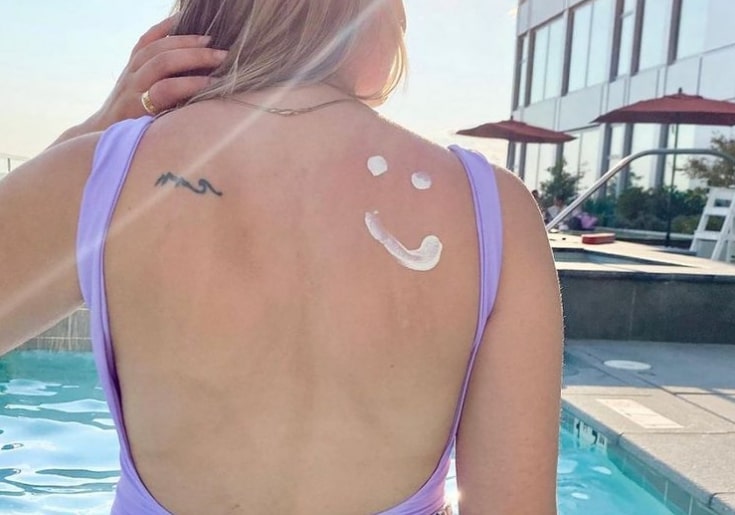
5. How to apply sunscreen on the face?
Sunscreen should always be applied to dry skin after your skincare routine, wait until all your cosmetics (serum, moisturizer) have penetrated well to prevent it from fluffing. Apply your face sunscreen by tapping rather than stretching the material. Our tip? Use a blender-type sponge to melt and blend the material more easily into the skin, and proceed in successive layers to avoid applying too much at once. If your skin tends to shine, finish with a mineral powder to mattify. If you wear make-up, apply sunscreen under the make-up.
6. What sun protection factor?
What is SPF?
Each protection factor corresponds to a percentage of UVB blocked. The protection factor simply reflects the time during which it is possible to expose yourself without getting sunburned. For example, with an index of 30, it will take 300 minutes to get a sunburn that you would get after 10 minutes without protection.
There are different levels of SPF:
- SPF 6 to 10: low protection
- SPF 15 to 25: medium protection
- SPF 30 to 50: high protection
- SPF 50 +: very high protection
Discover the solar index that is made for you thanks to our online diagnosis, which can be done in less than two minutes !
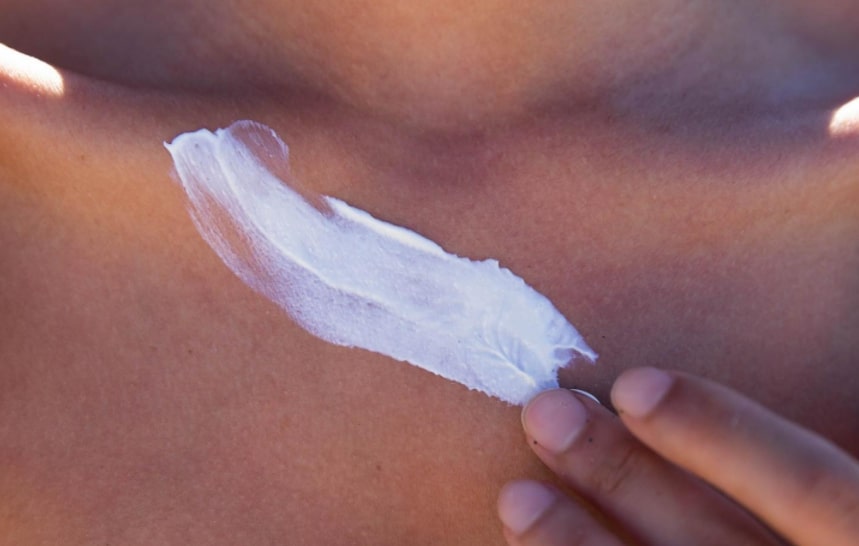
What is the highest SPF?
The term total screen no longer exists today, because no sunscreen can guarantee total protection against ultraviolet rays. The risk with these very high indexes is to feel completely protected and therefore to prolong exposure without reapplying sunscreen. Since 2006, indices above 50 have been grouped together by the European Commission into a single 50+ index.
Choose your sun protection factor according to your phototype:
The clearer the skin and the tendency to blush easily, the higher the sun protection factor should be. Light and delicate skin always opts for SPF 50, while dark skin can be satisfied with SPF 20 or 30.
For an anti-aging action, favor a high SPF. Also, choose your organic sunscreen according to your activity and the conditions of exposure: if you live in town and you do not expose yourself directly to the sun during the day, a light protection SPF 15 may be sufficient.
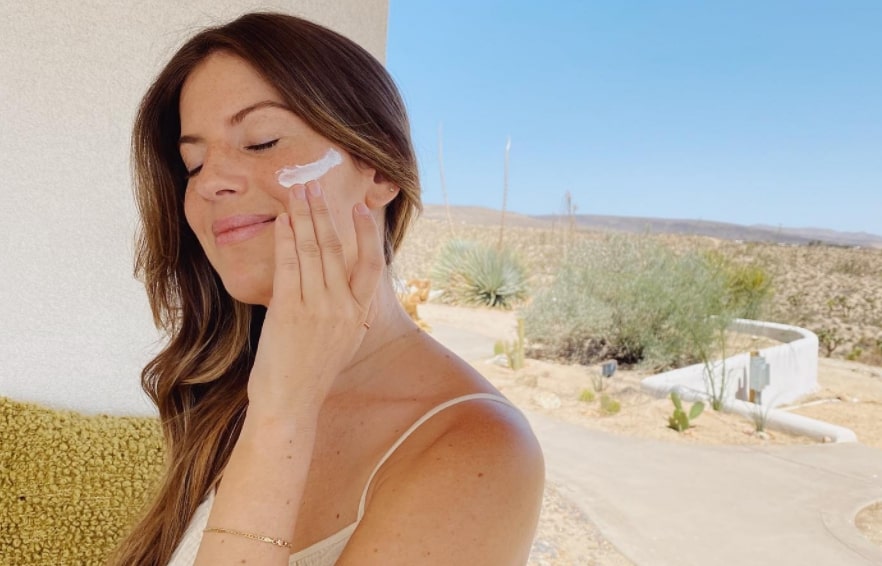
7. How to renew the application of sunscreen over makeup?
It's a headache on sunny days when you want to protect your skin from the sun, without ruining your makeup! Our advice: use a blender-type sponge to reapply your face sunscreen by tapping, so as not to move the makeup underneath. Go little by little to take the time to melt the material well. To sublimate the skin, you can opt for a tinted sunscreen, or mix your SPF with 1 to 2 drops of the Impossible Glow bronze Pai Skincare, pretty complexion guaranteed! Finally, there are mineral powders with SPF included which will be ideal for small touch-ups during the day (but not enough to protect yourself before a tanning session)
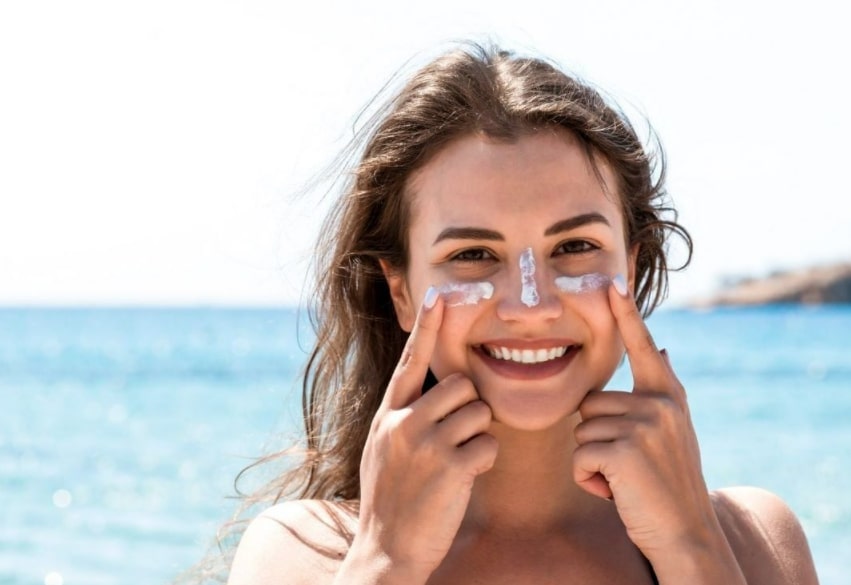
Do you have any other questions about sunscreen? Leave us a comment ;)
You might also like these items:
5 questions/answers about self-tanning
What is the best natural self tanner
The top 5 organic sunscreens
How do I choose my organic sunscreen?
Comments

